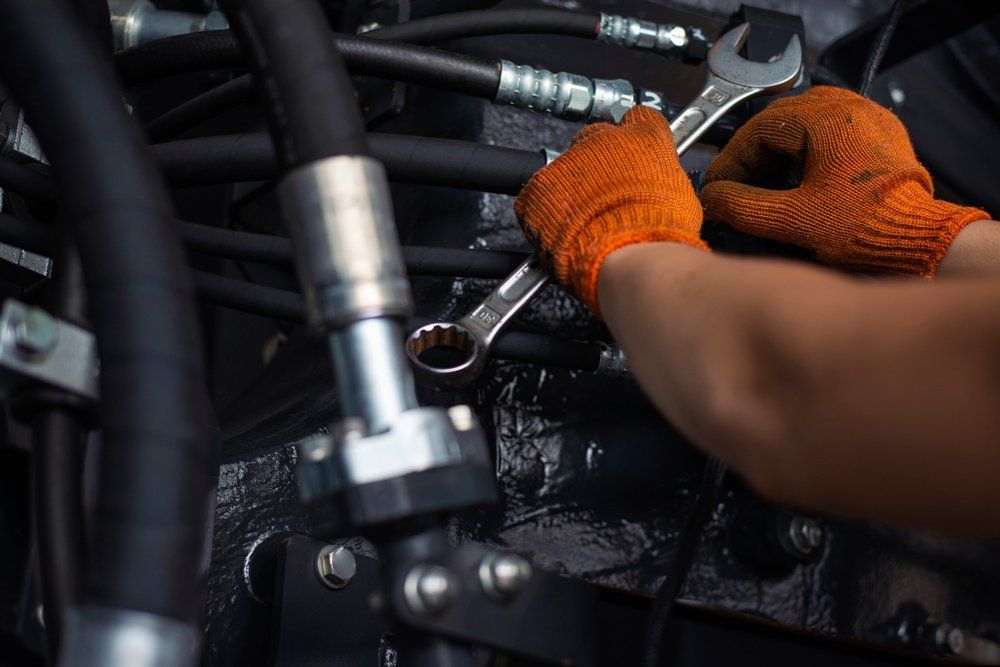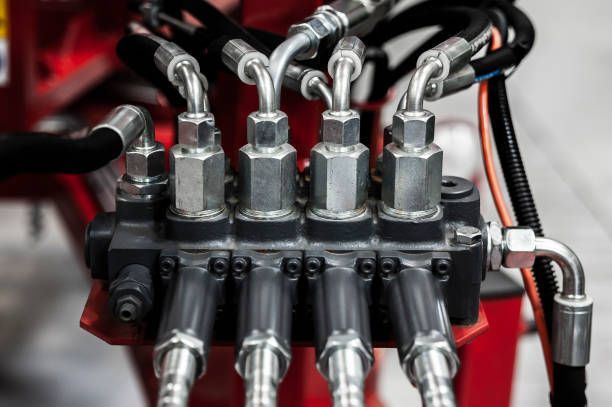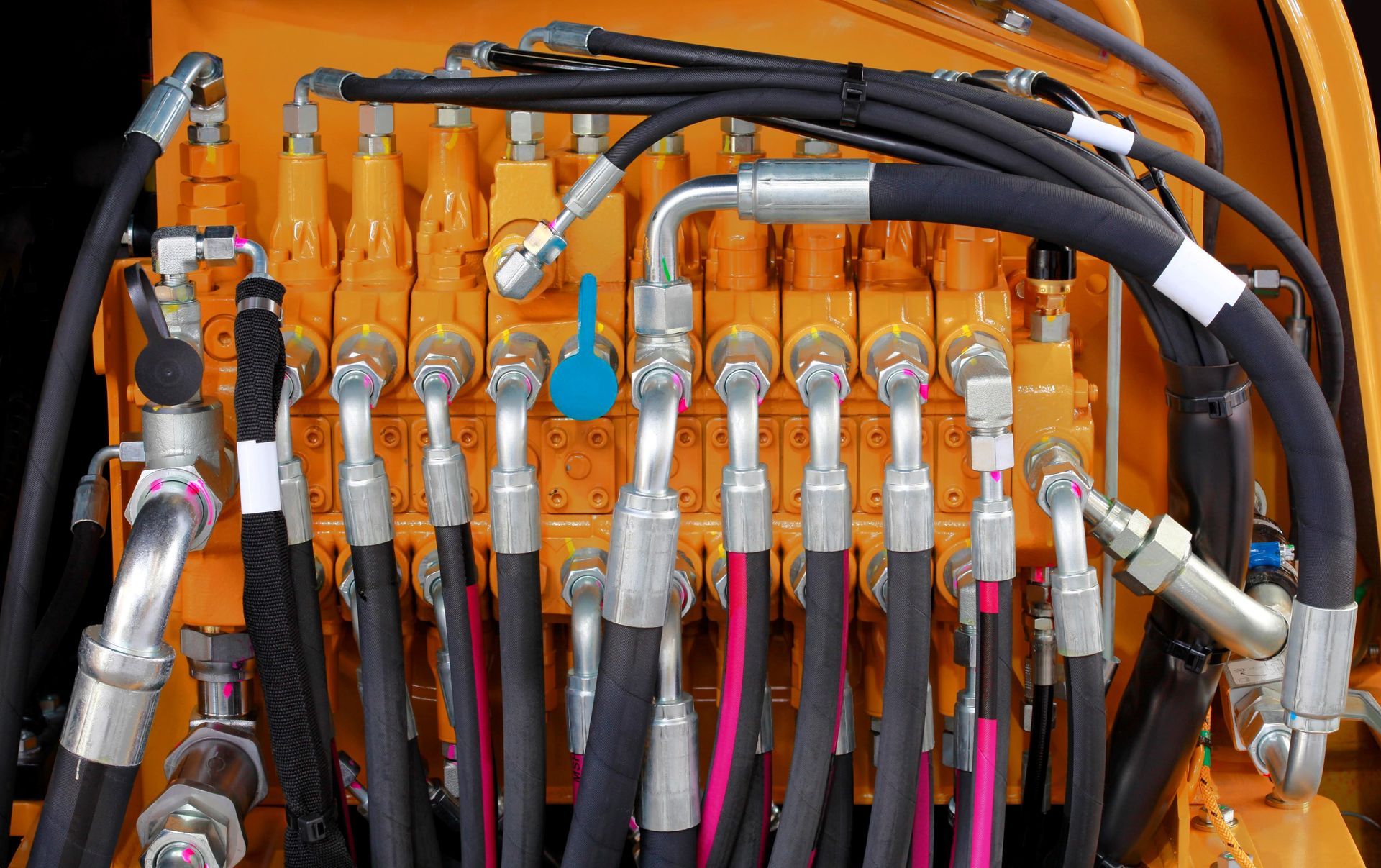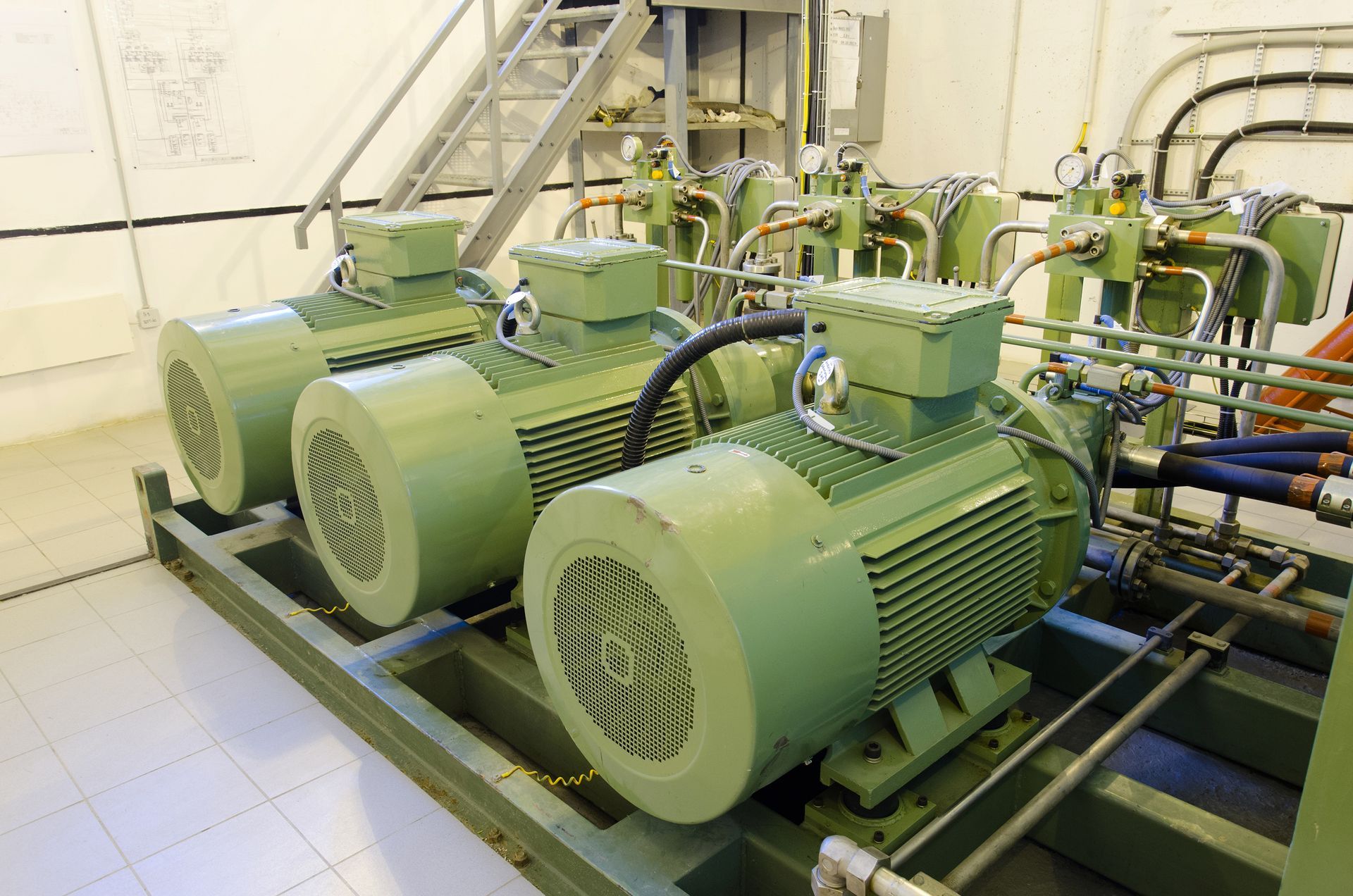4 Signs Your Hydraulic Pump Pilot Device Needs Repair

Hydraulic pumps offer multiple options for control. While many pumps include computer kits and automated options, a pilot device creates more precise and manual control of your hydraulic pump. While human error can often result in problems, several signs may indicate malfunctions in pilot devices.
Check out four signs of hydraulic pump pilot device problems found in equipment. Some of the signs may appear more subtle at first, but early detection can ensure you get the proper repairs done quickly and have your equipment operate the way it should.
1. Stuck Buttons
Some of the more advanced hydraulic pump equipment uses advanced push buttons for controls. The push buttons could have color codes for different processes and are often spring-loaded to easily pop up and down when in use. The wear and tear on the pump use may result in push buttons getting stuck.
If a button goes down and doesn't come up, you could deal with a major jam and not have proper access to the pump. A repair technician can replace the button or repair the spring function to help prevent problems. If one button is stuck, all of the push buttons will still go through the inspection process to ensure the problem doesn't happen again with a new button.
In some cases, a repair technician may notice debris build-up or grease as the main cause of the issue. If you find out the main cause, then you can take preventative measures to ensure the problem doesn't occur again.
2. Loose Levers
The levers and joysticks installed on pilot devices are supposed to give you precise control. Over time, the levers could loosen up and not offer the same precise movements. Gears may break down and internal parts could have cracked or completely snapped. Without the precise lever movements, the pump controls could become challenging to maneuver.
A loose lever may also go past a stopping point. Levers can typically only move or rotate so far. If a lever expands beyond its reach, the pump may lose control and result in some major errors.
3. Stiff Pedals
While any loose part is a problem, additional problems could occur with stiff pedals. Some pilot controls include foot controls for easy start and stop functions. If a pedal is too stiff or completely jammed, the pedals may prohibit regular movements like forward motion, reverse motion, and braking.
The pedals may have jammed parts or need extra lube to work properly. A repair shop can inspect the pedals and the connected pieces to restore the proper movements. In some situations, a fluid leak could have cause rust to form and jam the pedals. A complete inspection will cover all the areas so the same problem does not occur again with new brakes.
4. Slow Response Time
When you use pilot devices on your pumps, you should have real-time results. If you press a button and experience a two-second delay, then you could run into major problems or have trouble fully operating the pump. A slow response time may have to do more with internal computer controls rather than the physical components.
Full pump troubleshooting will help determine the source of the issue and ensure that actions take place at the same time you press input buttons or use a joystick control. Digital computer scans will give detailed information including hardware functions. A part may overheat and decrease the response time, much like how you would click a mouse on a slow computer.
For software issues, repair services may issue firmware updates that improve the performance of the pilot devices.
For more information on hydraulic pump repair, contact us at Quad Fluid Dynamics, Inc. We have years of experience dealing with pumps and the pilot controls. A trusted service can help guarantee results and keep your equipment in good condition.


